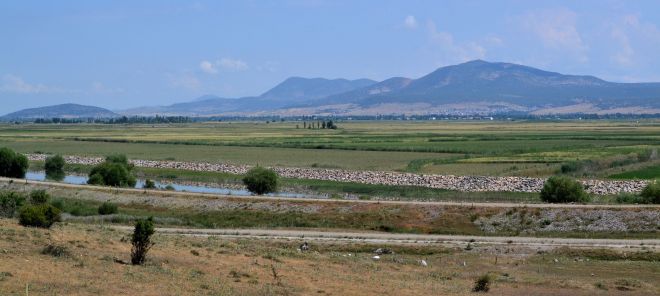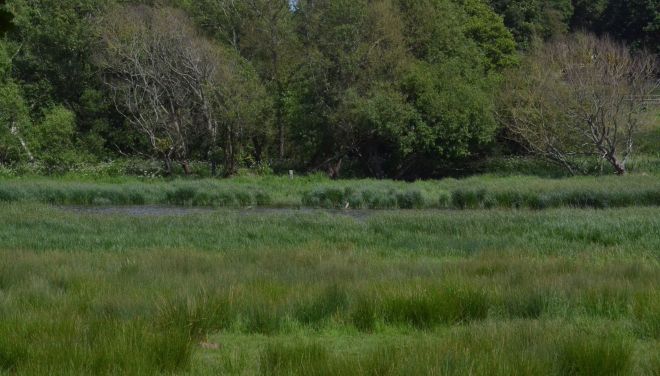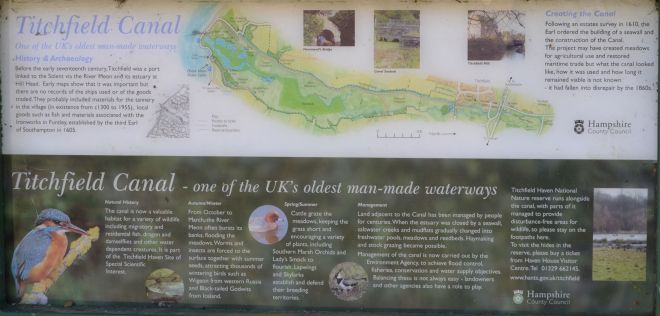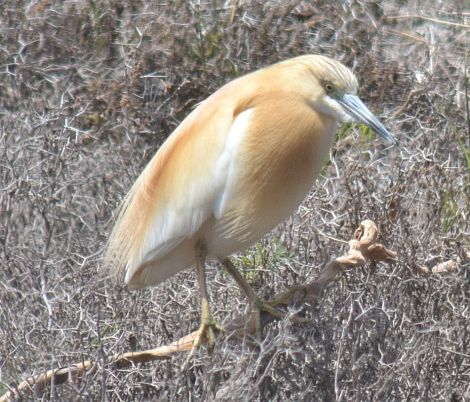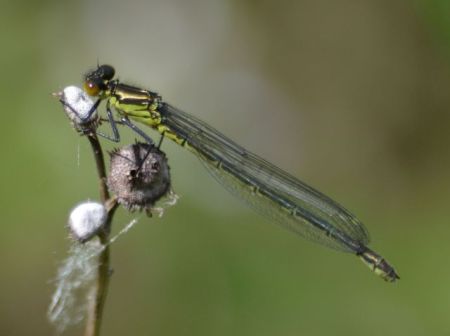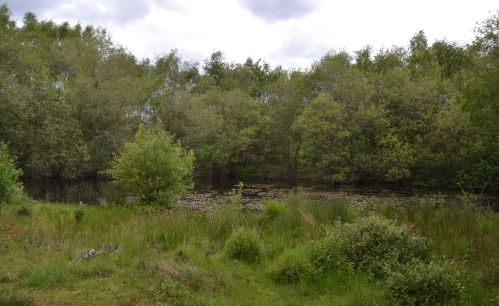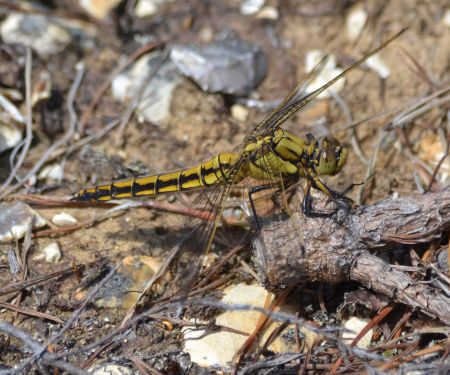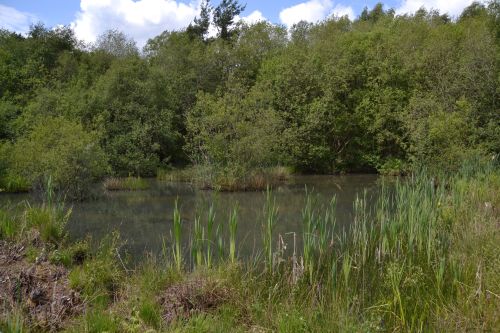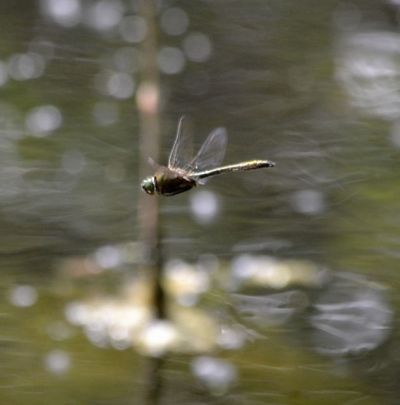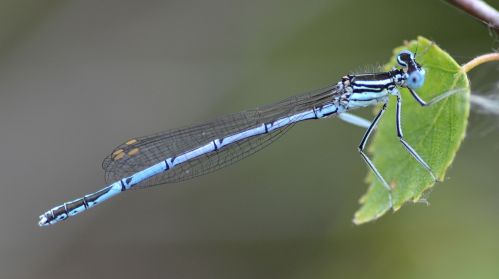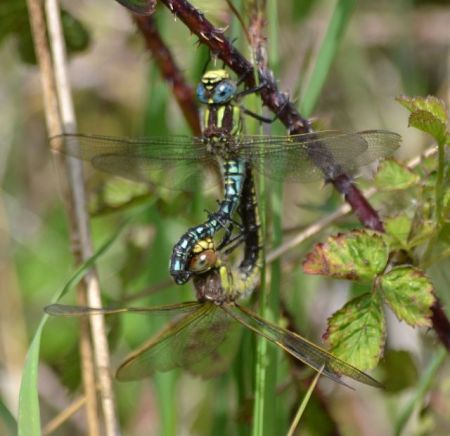During my recent Wildwings birding tour I naturally enough took some time out for butterflies when the opportunity arose. The highlight came while we were exploring the Emli Valley in Aladaglar National Park, when I came across clusters of mud puddling blue butterflies that contained a number of new (for me) regional species. I had witnessed this phenomenon before in les Cévennes, France but not In Greece last July where ground conditions were wetter than usual and so catered for butterflies more widely.
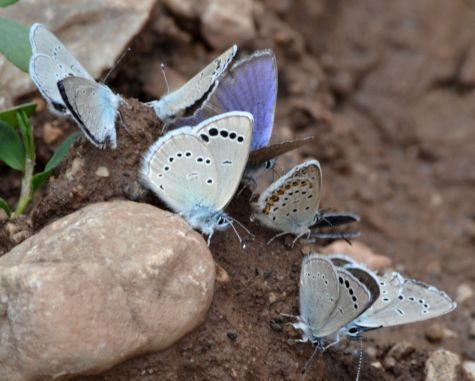
Anatolian Black-eyed (centre ) and a medley of mud puddling Blues
Encountering “mud puddling” is a very good way of observing then separating a mix of Blues. In dry country these butterflies will all congregate around wet patches caused by small scale flooding, natural springs or leaking livestock feeding troughs. The one that most stood out here was Anatolian Black-eyed Blue (pictured below) due to the very prominent row of black dots on the underside fore-wing.
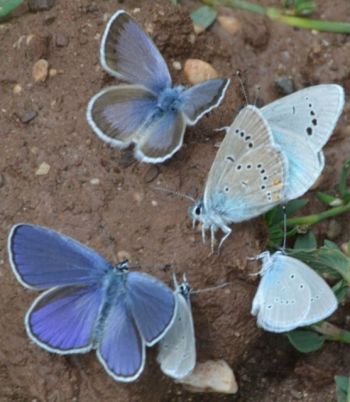
Another medley containing (clockwise) Anatolian Black-eyed Blue, unknown item, Anatolian Green-underside Blue, Osiris Blue (x2) and Mazarine Blue
Anatolian Green-underside Blue is rather similar and I believe the partially hidden butterfly at the top right of the above group is one. Other regional species that I have managed to identify were Anatolian Zephyr Blue (below, top row) and Small Anatolian Blue (bottom row). The name Anatolia as a region refers to the westernmost protrusion of Asia, also known as Asia Minor that makes up the majority of modern-day Turkey. It’s endemic butterflies lie outside the range covered by the Collins European field guide.
Fortunately the pension where we stayed had a copy of the only print field guide to Turkish butterflies, by Ahmet Baytas (see here). This presents one or two pictures of varying quality for each species. Published in 2007, it is now out of print and available used copies on Amazon go for around £50, so no thanks. But I was able to pick out likely looking IDs, of which the above were confirmed by the Bing galleries that are produced by Google web searches.
My first reaction on perusing this guide was of wanting to re-visit Turkey just to cover some of the many extra species listed. Then the slippery slope that starting to butterfly outside Collins’ range must represent hit home, because there were so many of them for which reliable and affordable field guides may not be available. I suspect I have one foot upon that path already.
Two more Blues that were present in the Emli Valley I identified as Mazarine Blue and Reverdin’s Blue, both of which (if correct) are welcome lifers. The first-named (pictured above) occurs very widely across much of continental Europe and into Anatolia and the Middle East. The second (below. top row) has a more restricted range from France through eastern and south-eastern Europe and into Turkey. Both are butterflies of grassy places in high summer.
The diminutive Osiris Blue was quite plentiful at this site. This was my second ever experience of a species that I recorded initially in les Cévennes in May 2016. Now I was able to obtain better pictures (above, lower sequence) including brown-toned female Osiris for the first time. Another second timer, elsewhere in this national park was Ripart’s Anomalous Blue (below) that I first experienced in Greece last July and self-found this week. Now I gained top side studies for the first time. Yes the anomaly is that these Blues are actually pale brown.
The following records have yet to be identified. I am open to advice from more experienced observers in the region as to these and also concerning any of the above featured blue butterflies if I have not identified them correctly
- – Click on any image to enlarge –
Further along the Emli Valley I wandered away from the muddy track and into a bushy area to see what might be found there. Now I enjoyed only a second ever encounter with Blue-spot Hairstreak (pictured below), the first having been at Tavira, southern Portugal in May 2014. With this discovery I began to ponder returning to this region of Turkey and staying at the pension for a few days just to butterfly the valley properly. But cloud was beginning to build and so the butterflies disappeared and I thought it best to catch up with my birding group and find out what I had missed.
A third Collins range lifer for this trip, a day earlier on the other side of the Aladaglar Mountains, was Eastern Rock Grayling (pictured below). This south-east European butterfly extends into Anatolia and eastward as far as Iran, flying from early May to mid September. It inhabits dry, bushy places mostly in woodland and especially Pine forests.
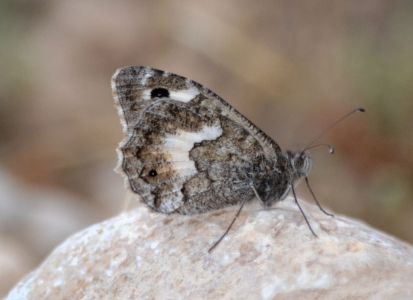
Eastern Rock Grayling
Great Banded Grayling was one of a number of larger species that were encountered in flowery places throughout this tour’s five days. Though there are a number of Marbled White species in the Turkish field guide I took those here to be Balkan Marbled White, as in Greece last July which members of this genus my pictures most closely matched.
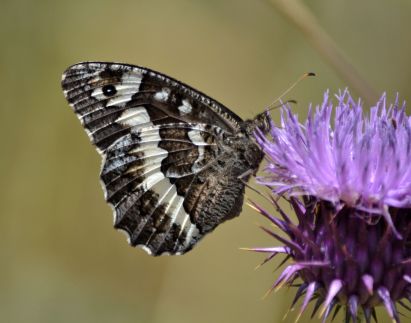
Great Banded Grayling
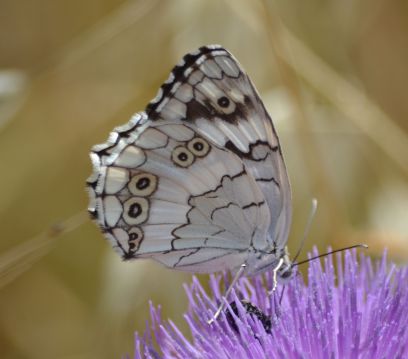
Balkan Marbled White
Cardinal is a majestic butterfly that I have so far found difficult to capture well pictorially. It’s more cryptic rust brown and green under-wing patterning than Silver-washed Fritillary serves to produce rather fuzzy images. To make things worse this individual (below) just would not come out from a shady, back-lit position so to make them more attractive my pictures have been edited for maximum Chernobyl effects.
Lastly this Knapweed Fritillary (below) produced some pleasing studies. I decided on the ID from the under-wing picture that closely matches illustrations in Collins, though there are some similar Fritillaries in the Anatolian region. There are a number of “Knapper” sub-species across it’s pan-European, north African and Middle eastern range; and these display marked variation between the different countries in which I have recorded them.
Turkey was a fascinating country to visit both for birds and butterflies, and one that has whetted my appetite to extend the range over which I might observe more of the latter. The Bulgarian wildlife tour operator Wild Echo runs a two-week programme (see here) in eastern Turkey offering the potential for many new species, and I am also attracted by the Caucasus and north-west Africa. So who knows, I may be coming out of retirement to earn the money for all this soon.































